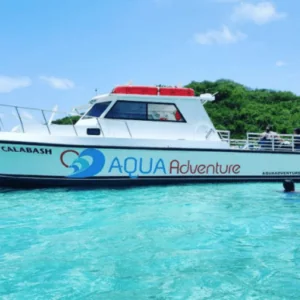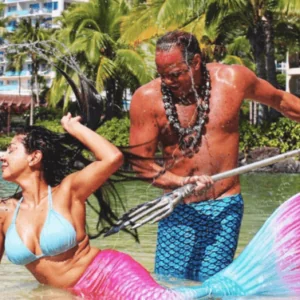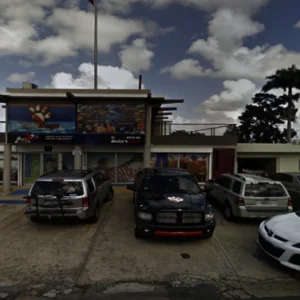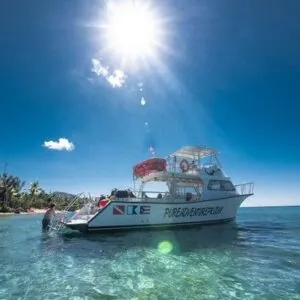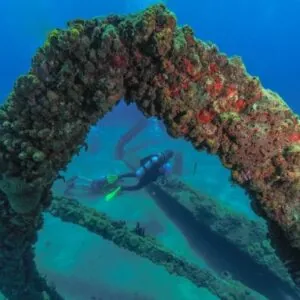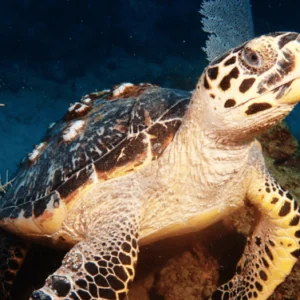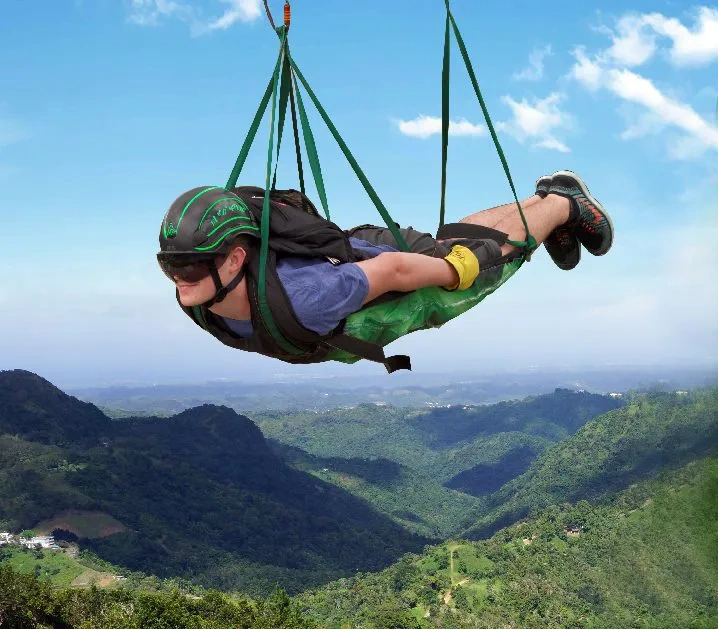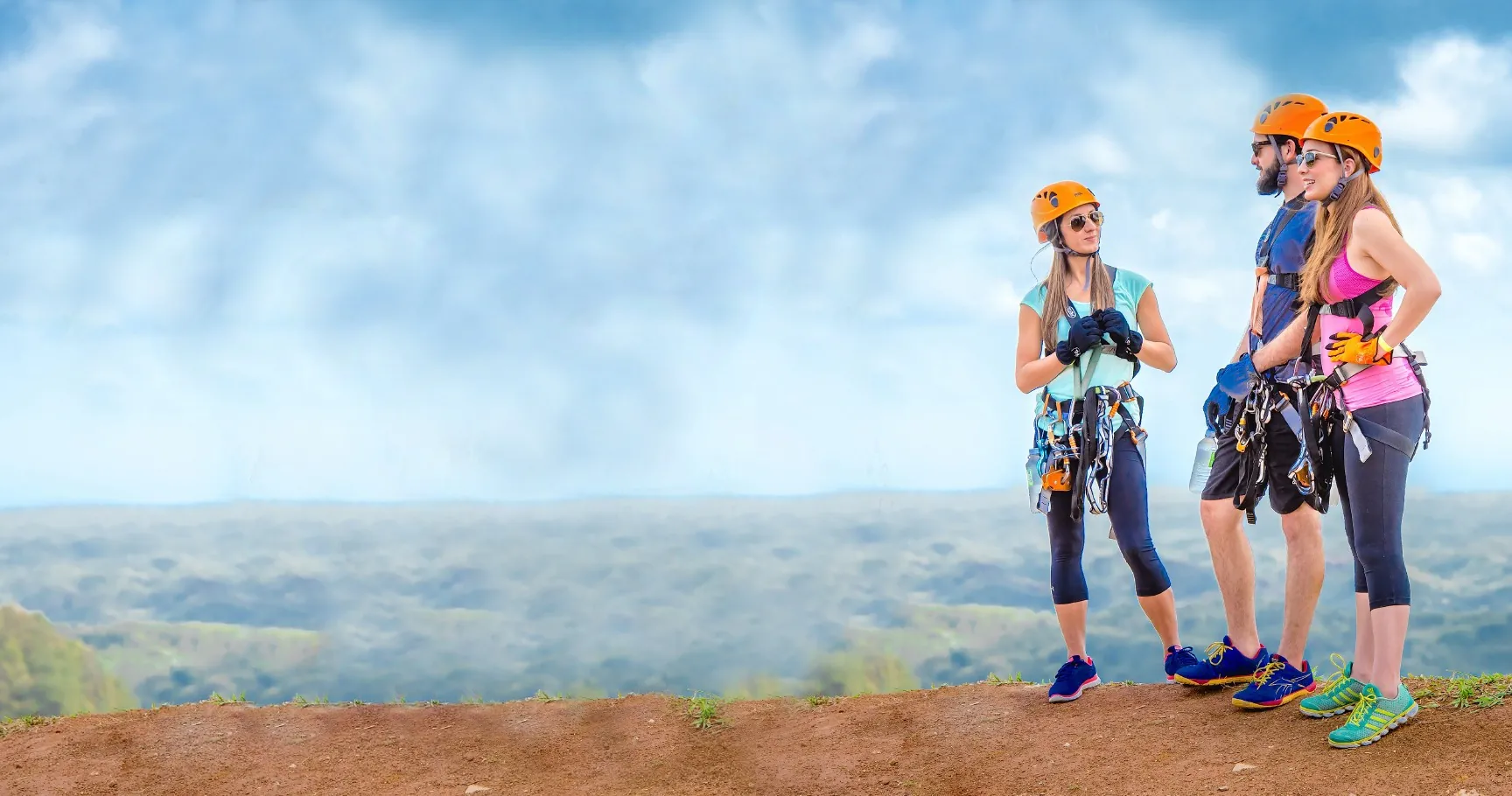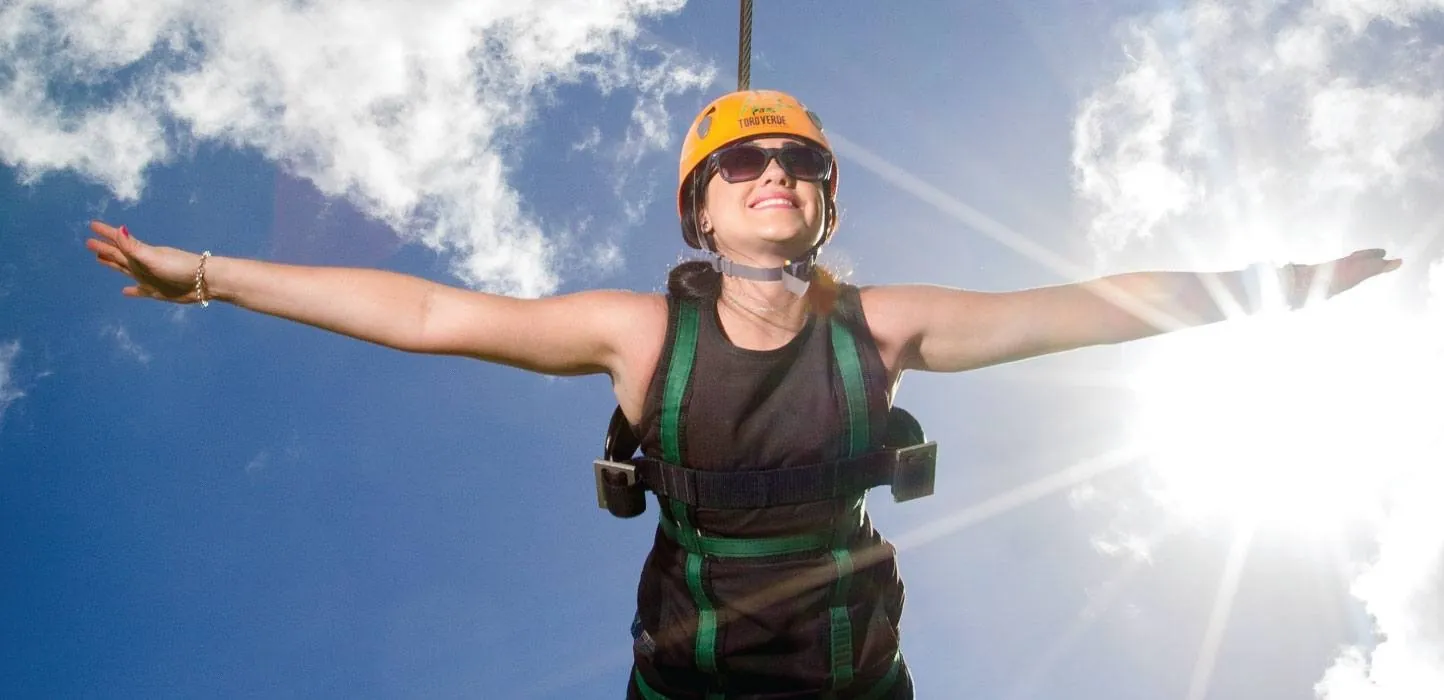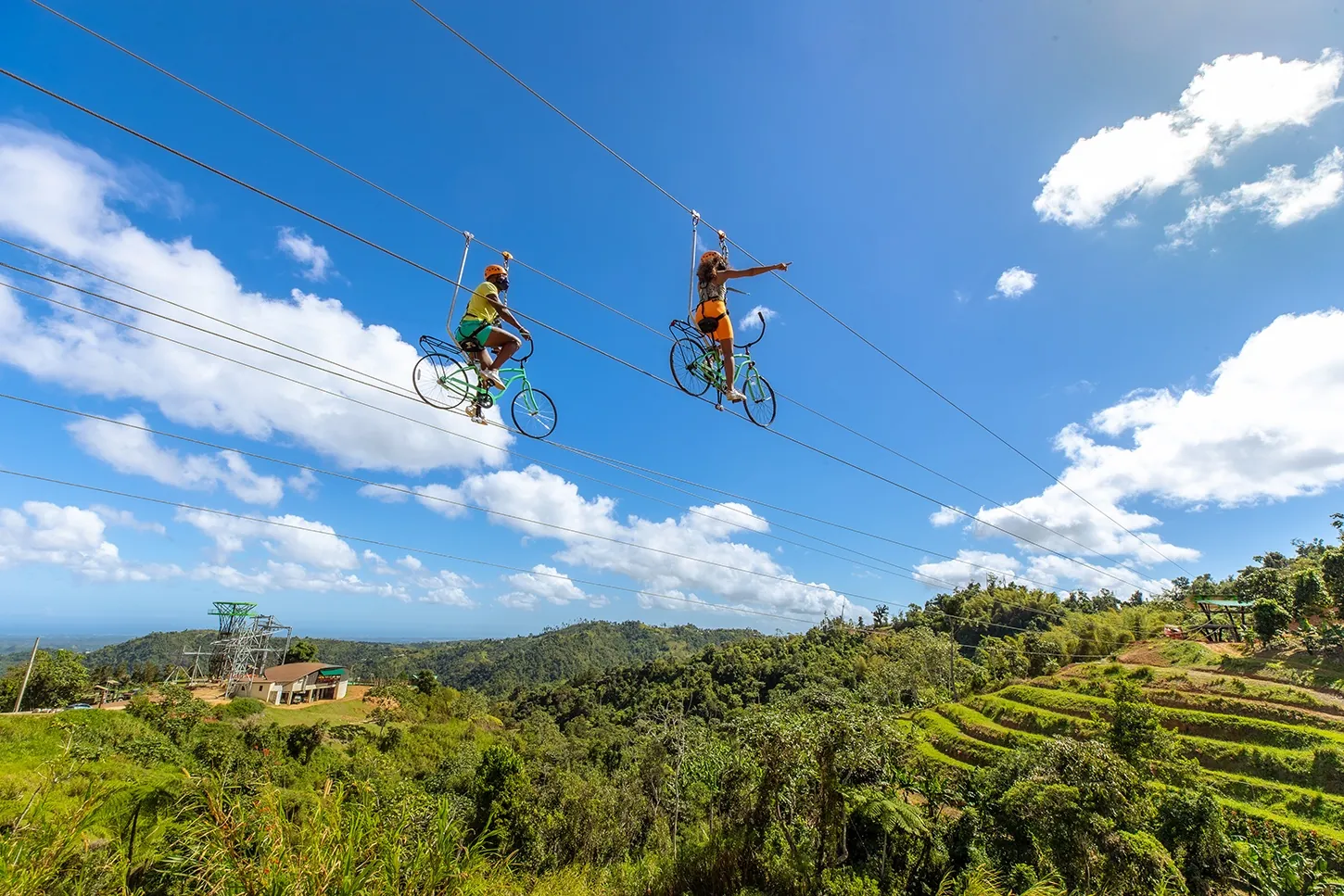EXPLORE PUERTO RICO
ISLAND OF ENCHANTMENT

SCUBA DIVING IN PUERTO RICO
Clear waters and warm temperatures combined with an abundance of coral reefs, sea walls, caves and marine life make Puerto Rico a thrilling destination for divers of all experience levels. But this Caribbean island has plenty of entertainment to offer non-divers as well, including golden beaches, bioluminescent waters and an exciting food scene. Whether you’re a scuba freak or traveling with family, Puerto Rico is an adventurer’s paradise.

CURRENCY

LANGUAGES

TIME ZONE

PHONE/INTERNET

LOCATION

VOLTAGE

HURRICANE SEASON

DAYLIGHT SAVINGS
GETTING THERE
Passports
Puerto Rico is a U.S. territory, meaning that there is no passport required for U.S. citizens to travel there. See TSA requirements for the most up to date information.
Airports
Puerto Rico’s main airport is Luis Muñoz Marín International Airport (SJU), located approximately 5 km from downtown San Juan. A fixed price taxi to downtown costs $19 (not including $1 per luggage item).
Transportation
Taxis are available at the airport and major tourist spots. Shared ride apps such as Uber are also available on the island.
DISCOVER UNIQUE THINGS TO DO IN PUERTO RICO
BEST SCUBA DIVING IN PUERTO RICO
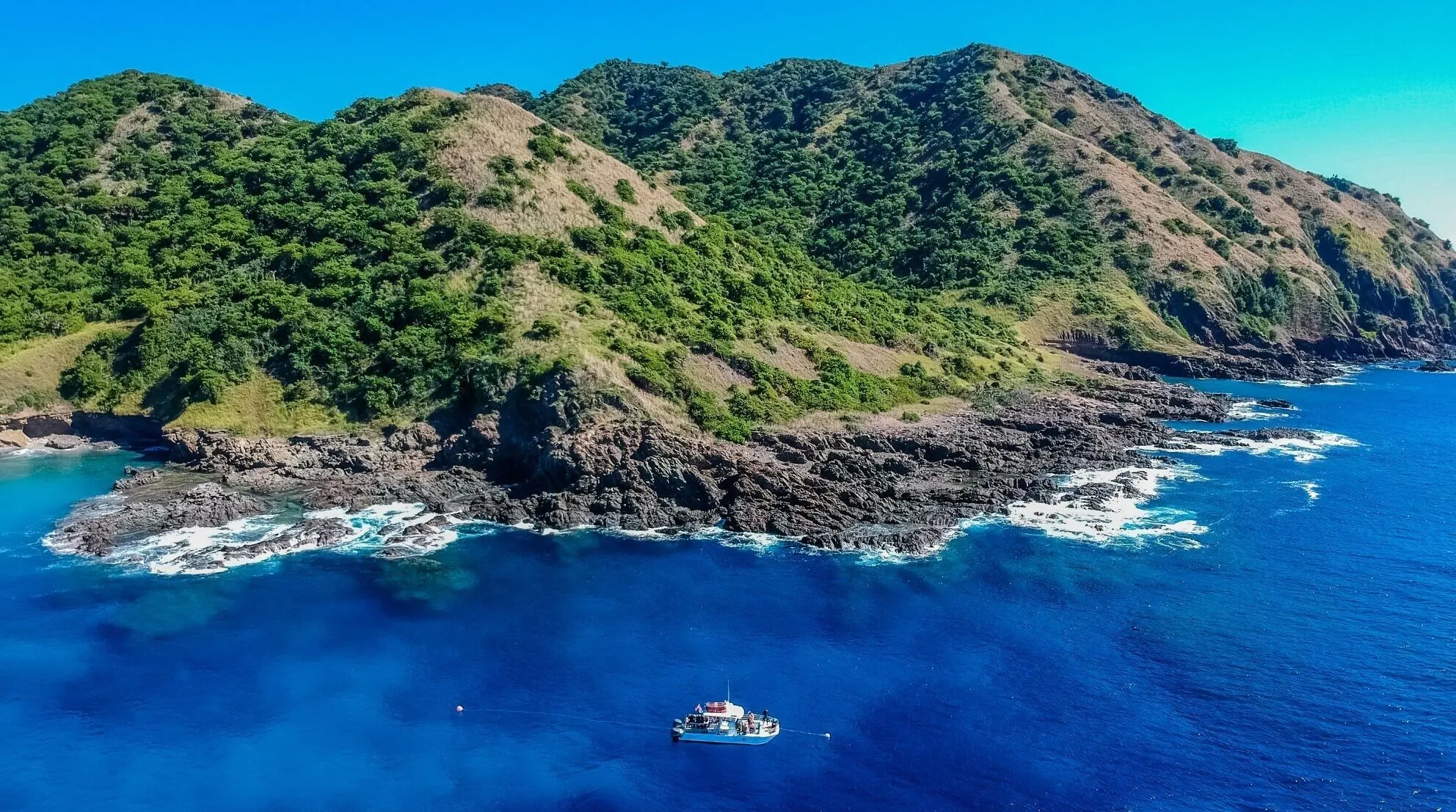
DESECHEO SCUBA DIVING
This small, uninhabited island located off the coast of Rincon boasts some of the most unspoiled coral reefs in Puerto Rico. A 45-minute boat ride will take you to this National Wildlife Refuge that has more than 20 dive sites. Most popular with intermediate divers is the aptly-named Candyland—a kaleidoscopic reef filled with tropical fish (think: giant sea fans and stoplight parrotfish), colorful sponges and more. This is also where you’ll find one of Puerto Rico’s most chilled-out dives—Las Cuevas (the Caves). With a maximum depth of 30 feet, this one’s great for swim-throughs and beginner divers.

VIEQUES SCUBA DIVING
For beginner divers, the island of Vieques (located about 7 miles east of the main island) offers sheltered waters, great visibility and a variety of gorgeous coral reefs. Favorite diving spots include Rompeolas (or Mosquito Pier), Blue Tang Reef and Lobster Reef, where you just might bump into a turtle, dolphin or manatee. Stay locally to soak up the white-sand beaches and bustling restaurants, or take a boat from the big island.

MONA ISLAND SCUBA DIVING
Dubbed the “Galapagos of the Caribbean,” Mona Island in western Puerto Rico isn’t the easiest diving site to get to (the 50-mile ride can be bumpy) but its clear waters and diverse marine life make it well worth the trip. Explore the many coral reefs, grottos and drop-offs teaming with turtles, dolphins, marlins and even whales during the winter migration season. But note that unpredictable currents make this site best suited for expert divers.

LA PARGUERA SCUBA DIVING
About a 45-minute trip off the coast of La Parguera is where you’ll find Puerto Rico’s most famous diving spot—the Black Wall. This 22 mile-long stretch features drop-offs of over 1,500 feet and magnificent coral formations including staghorn, elkhorn and black coral gardens. Especially popular with advanced divers is Fallen Rock, a passageway formed thousands of years ago that’s now home to stunning coral forests, octopi, sharks and barracuda.
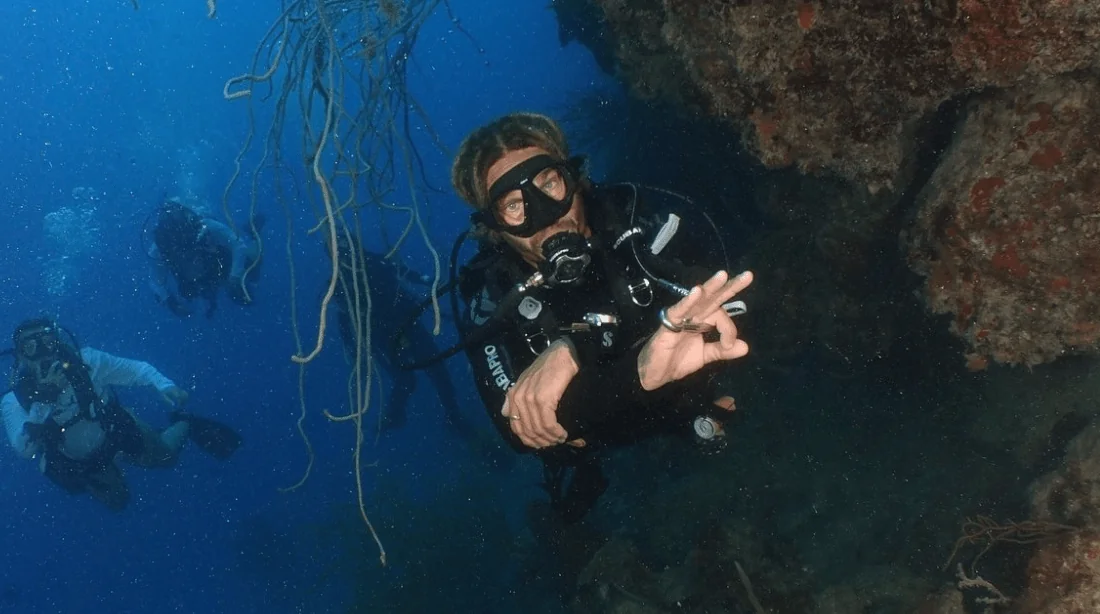
FAJARDO SCUBA DIVING
Fajardo offers great scuba diving for beginners and above. Expect to see plenty of sea turtles and nurse sharks while exploring underwater. With easy access by boat to islands off the coast, Fajardo is a great place to start a dive adventure. You can access the Sand Slide dive from here where you’ll see lobsters, moray eels, puffer fish, and spotted eagle rays. You might even get a glimpse of a dolphin.

CULEBRA SCUBA DIVING
Calm and clear waters make this small island (located approximately 17 miles north-east of Puerto Rico) an excellent diving spot for beginners. In these shallow waters, divers can expect to see lush coral reefs, brightly-colored fish and gliding turtles. Once here, don’t miss out on the gorgeous sandy beaches.
Dive Conditions
Water temperatures range from 75 degrees Fahrenheit in winter to 85 degrees in summer. Average water visibility is 60 to 80 feet around the main island and more than 100 feet around Desecheo and Mona.
WHEN TO GO
Puerto Rico offers fantastic diving conditions year round. The best time for whale watching is January to the end of March. The peak season for tourism is mid-December to mid-April.
WHAT YOU’LL SEE
Divers can expect to see a myriad of vibrant marine life including tropical fish, sharks and even humpback whales. And among colorful coral and cavernous caves, don’t be surprised if you come across an old shipwreck or two.







